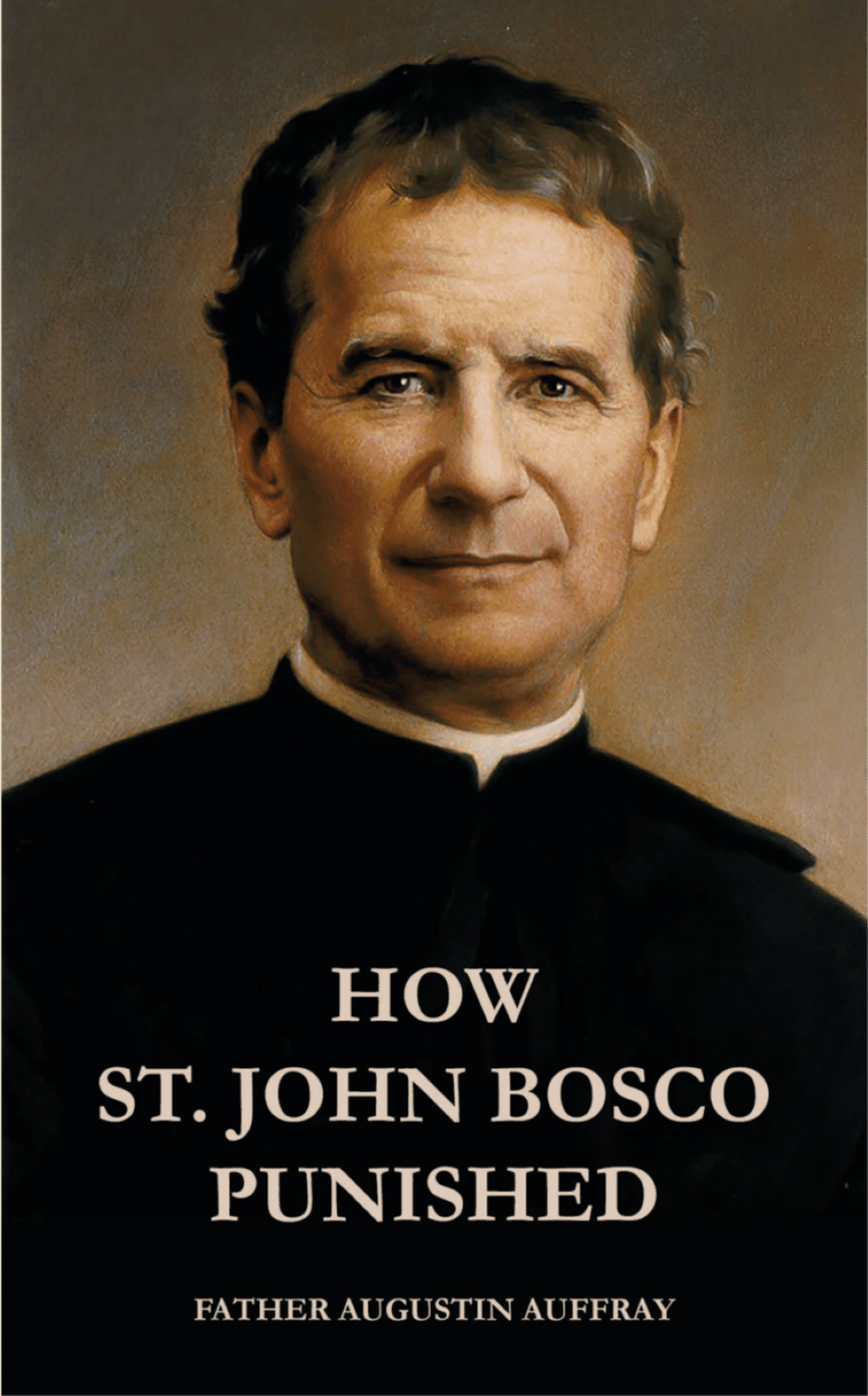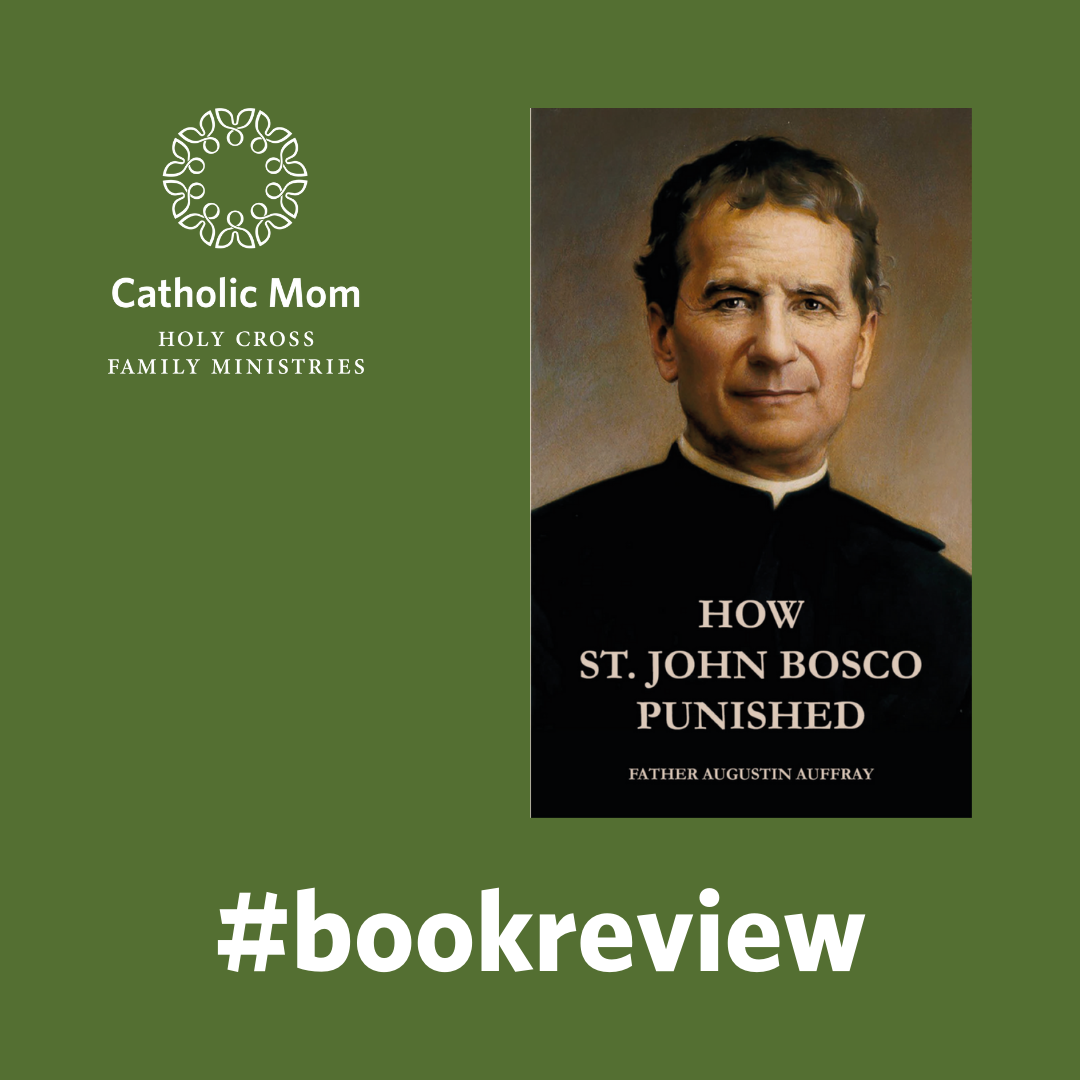
Veteran educator Amy J. Cattapan shares her thoughts on a recent translation of a book on St. John Bosco's classroom management style.
We all know the old adage, “Don’t judge a book by its cover,” so when I was offered a free copy of How St. John Bosco Punished (Te Deum Press), I did my best not to judge it by its title. "Punished" is such an outdated word that you almost never hear it anymore. In schools, we talk about rewards for students’ positive behavior and consequences (not punishments) for students’ negative actions.

Despite my effort to keep an open mind, I’m afraid my suspicion that this book might be outdated in its language came true. It turns out that this very brief book (only 100 pages in length) is actually an English translation of a book originally written in French in 1940. As you read through it, it’s clear that it was written in another era when parents and educators perhaps did use the word punishment and were quick to inflict punishments instead of consequences.
St. John Bosco’s method for dealing with negative student behaviors is actually what I’ve seen used in many of the schools I have taught at (both Catholic and public) and discussed in many of the education classes I have taken (from my bachelors in English Education to my master’s degree in Language Arts Instruction to my doctorate in curriculum and instruction). Specifically, Bosco believed that educators should form strong relationships with their students so that following a teacher’s request becomes more of an act of love and respect rather than a student acting out of fear of punishment. Bosco believed that “punishment” should be used as a last resort. He told those working in his schools to “punish as late as possible and after having tried all other means.”
In other words, teachers should first make sure the rules and expectations in their classrooms and schools are clear. Many teachers nowadays create a set of classroom rules or guidelines with their students in the opening weeks of school and then practice classroom procedures with them. These guidelines should be repeated often. Students should be warned early and repeatedly so that most improper behavior can be thwarted before it’s even begun.
If warnings aren’t heeded, then students should be “reprimanded” privately so as not to humiliate them and thus drive a further break in the relationship between the educator and the student. Teachers should not lash out in anger or lose their temper. Next, punishment should be “threatened,” and if that it is not enough to stop the behavior, then the educator should follow through with the punishment.
What I found most intriguing is that the main punishment seemed to always be separation from the educator. St. John Bosco would threaten to remove his fatherly affection from the student. Since he had positive relationships with the students, this was often enough for the students to change their behavior. However, when it was not enough, the punishment John Bosco used was to expel the students entirely from the school.
This is, unfortunately, where the saint’s example becomes most unhelpful to the modern educator. We cannot expel the students who refuse to listen to our warnings, reminders, threats, and consequences. Catholic schools often won’t expel a student because they need the enrollment numbers, and public schools often have nowhere to send their students with the rare exception of an alternative school, but that requires such a mound of bureaucratic red tape that I’ve only seen it happen once or twice in all my years of teaching.
When this book first appeared in French in 1940, perhaps there were still many parents and educators of the “children should be seen and not heard” variety, who were quick to punish for even small offenses (John Bosco was known to “look the other way” for minor offenses). For those parents who think ruling with an iron fist is the best way to get children to behave, perhaps this book will provide another perspective. However, the era of raving tyrannical educators and corporal punishments doesn’t seem to exist anymore.
I enjoyed reading about this saint’s approaches to education. Although it didn’t teach me anything new, it did reinforce many of the things I’ve already learned and put into practice. And I will definitely be praying to St. John Bosco for wisdom this upcoming school year!

Copyright 2022 Amy J. Cattapan
Images: Canva
About the Author

Amy J. Cattapan
A.J. Cattapan, DM, Ed.D., is an award-winning author, speaker, and teacher. Her YA novel Angelhood and her middle grade book Seven Riddles to Nowhere have won multiple awards. She is also the author of Sweet Jesus, Is It June Yet?, a book on combatting teacher burnout (Ave Maria Press). Follow her at AJCattapan.com.


.png?width=1806&height=731&name=CatholicMom_hcfm_logo1_pos_871c_2728c%20(002).png)
Comments